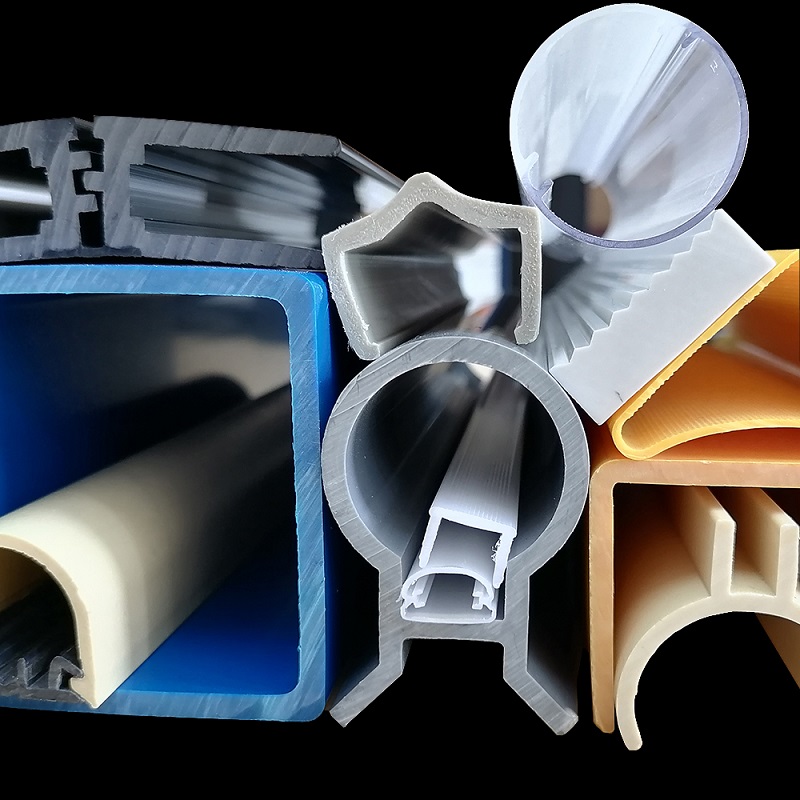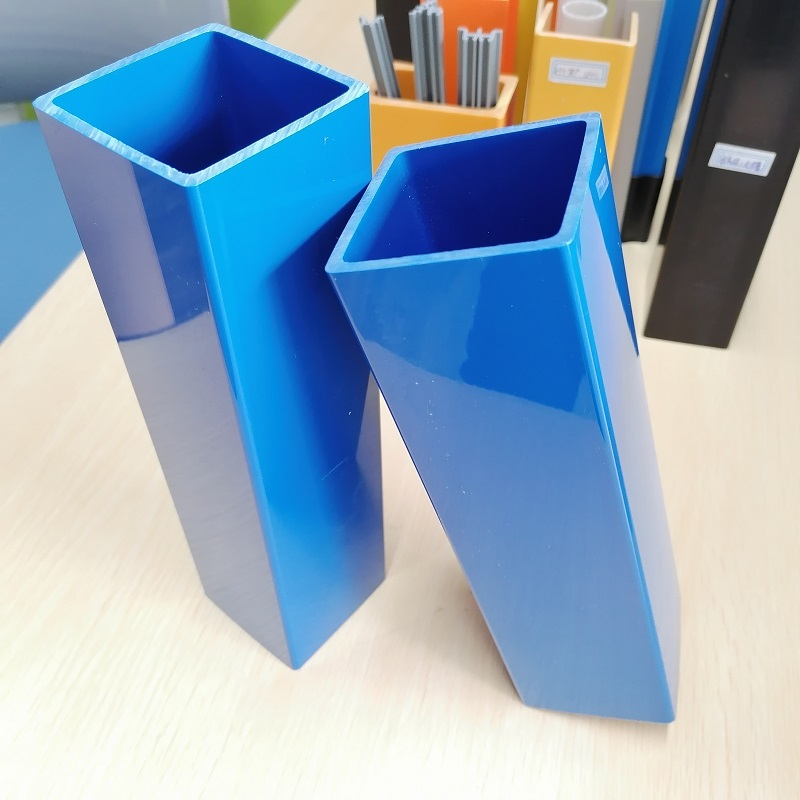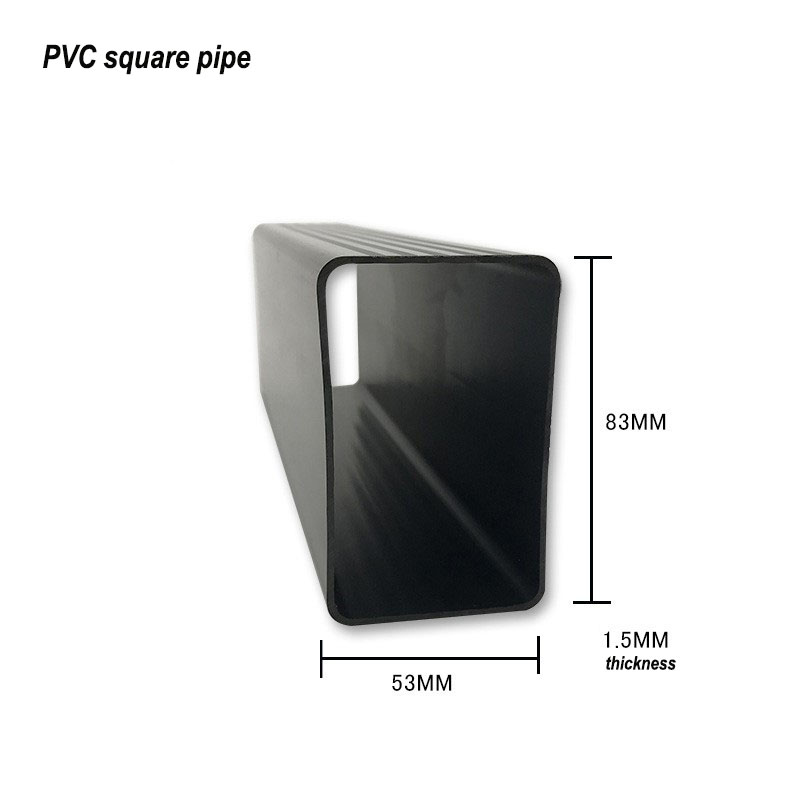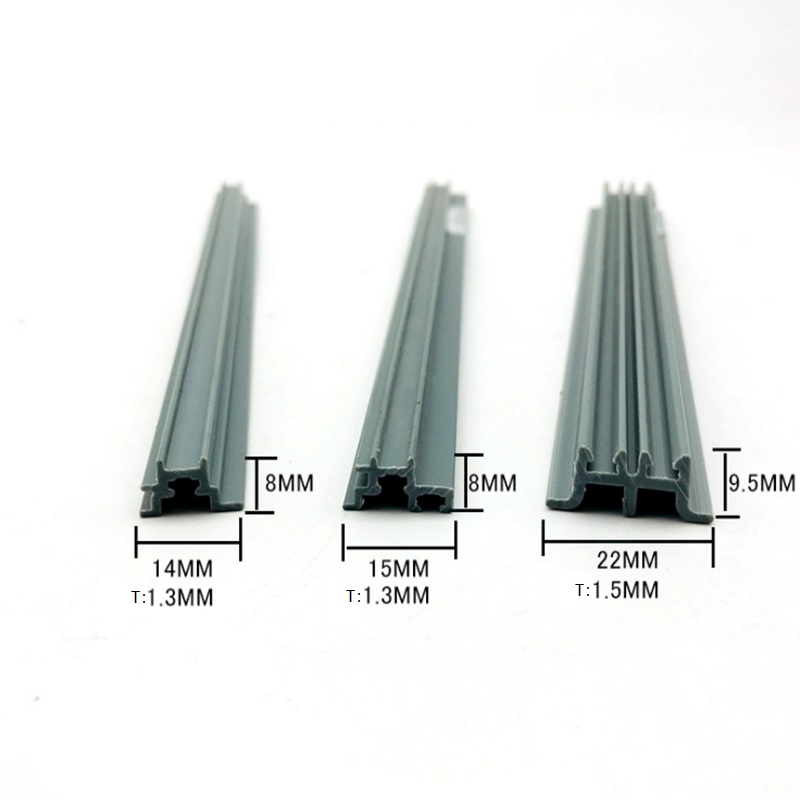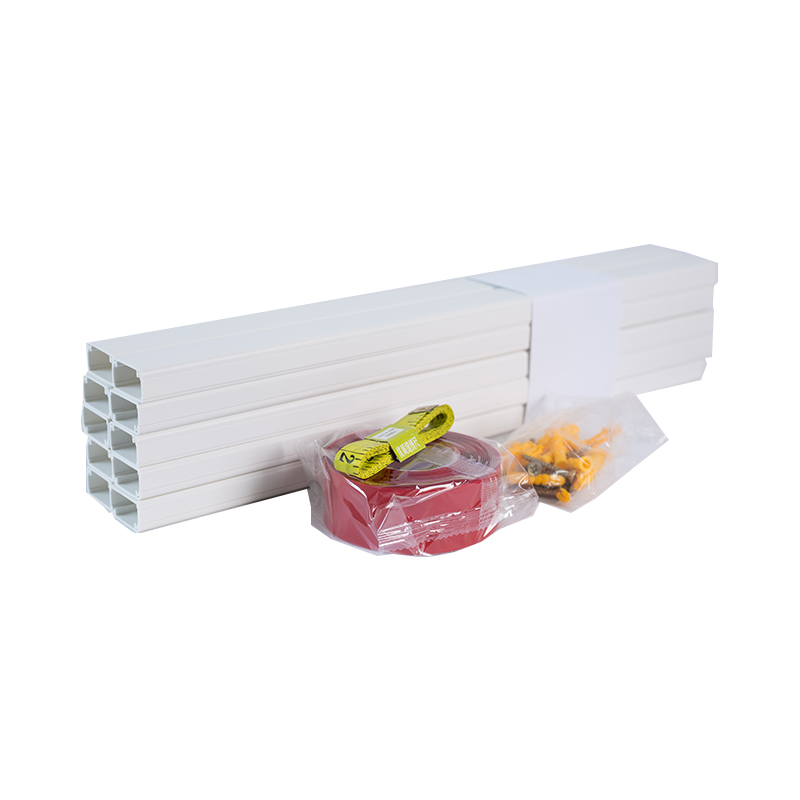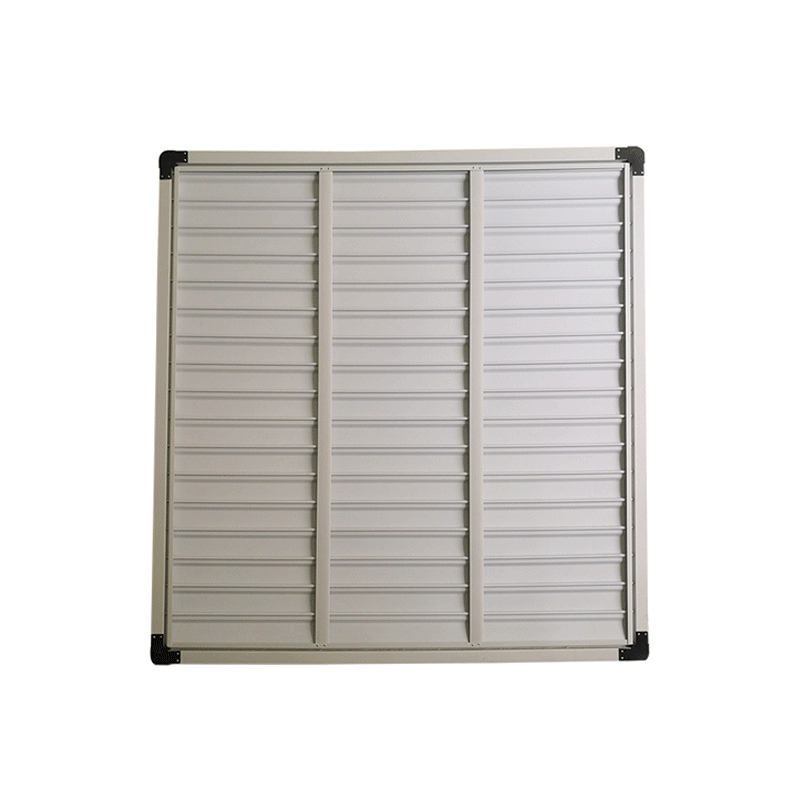[Another innovation] Recycling plastic products waste into graphene- plastic profiles
With ACDC, plastic waste can be turned into black raw graphene. Plastic profiles made of PVC raw materials can also turn waste into treasure through this method, and become useful and harmless environmentally friendly materials for humans.
This is what scientists at Rice University in the United States say they use for the effective use of plastic waste. In this example, the laboratory of Rice University chemist James Tour (James Tour) modified its method of making flash graphene to enhance its ability to recycle plastic into graphene.
The laboratory’s research results were published in ACS Nano, the journal of the American Chemical Society.

In short, the laboratory did not use direct current to increase the temperature of the carbon source as in the original process, but first exposed the plastic waste to high-intensity alternating current for about 8 seconds, and then applied a direct current shock. .
The products are high-quality turbine graphene (which is a valuable soluble substance that can be used to enhance electronics, composites, concrete and other materials) and carbon oligomers (molecules can be discharged from graphene for other use).
"We produce a lot of hydrogen during the flash evaporation process, which is a clean fuel." said lead author Wala Algozeeb, a graduate student at Rice University.
Tour estimates that on an industrial scale, the ACDC process can produce graphene at an electricity cost of approximately $125 per ton of plastic waste.
Thor said: "We demonstrated in the original paper that plastic can be converted, but the quality of graphene is not as good as we expected. Now, by using different electrical pulse sequences, we can see a big difference." Plastic profiles that have been widely used in all walks of life will also be transformed in the correct way, greatly reducing environmental pollution.
He pointed out that most plastic recycling technologies in the world are ineffective, and only about 9% of plastics are recycled. The most notorious is the Texas-sized plastic garbage island formed in the Pacific Ocean.
He said: "We have to deal with this problem." "There is another problem: the microorganisms in the ocean that convert carbon dioxide into oxygen are hindered by plastic decomposition products. They are reversing this process, absorbing oxygen and converting it into carbon dioxide. This is really bad for humans."
Tour pointed out that Joule's hot flash technology eliminates many of the costs associated with recycling plastics, including the need for energy and water classification and cleaning. He said: “Instead of recycling plastic into particles worth US$2,000 per ton, it’s better to upgrade and recycle it into graphene. This is a better choice because graphene has a much higher value. This is both economical. Incentives, but also environmental incentives."
Thor said that although there are too many plastic raw materials, there is no problem with too much graphene. He said: "No matter how you handle carbon, once you take it out of the ground from oil, natural gas or coal, it enters the carbon dioxide cycle. The advantage of graphene is that it biodegrades very slowly under many conditions. Therefore, In most cases, graphene will not re-enter the carbon cycle for hundreds of years."
He pointed out that researchers are working to improve the flash graphene process for other materials (especially food waste). He said: "We are working hard to generate a good pulse sequence to convert food waste into high-quality graphene while minimizing emissions."
This new research is based on another recent paper that describes flash graphene produced from carbon black by direct current Joule heating. The paper was also published on "ACS Nano", combining microscope and simulation, showing two different forms: turbine layered graphene and corrugated graphene sheets. The study describes how and why the rearranged carbon atoms appear in one form or another, and the ratio can be controlled by adjusting the blinking time.
It seems that scientific and technological innovation can become the most effective solution to the large-scale use of plastic products by mankind. For more information about plastic profiles, please visit www:shangyusujiao.com









